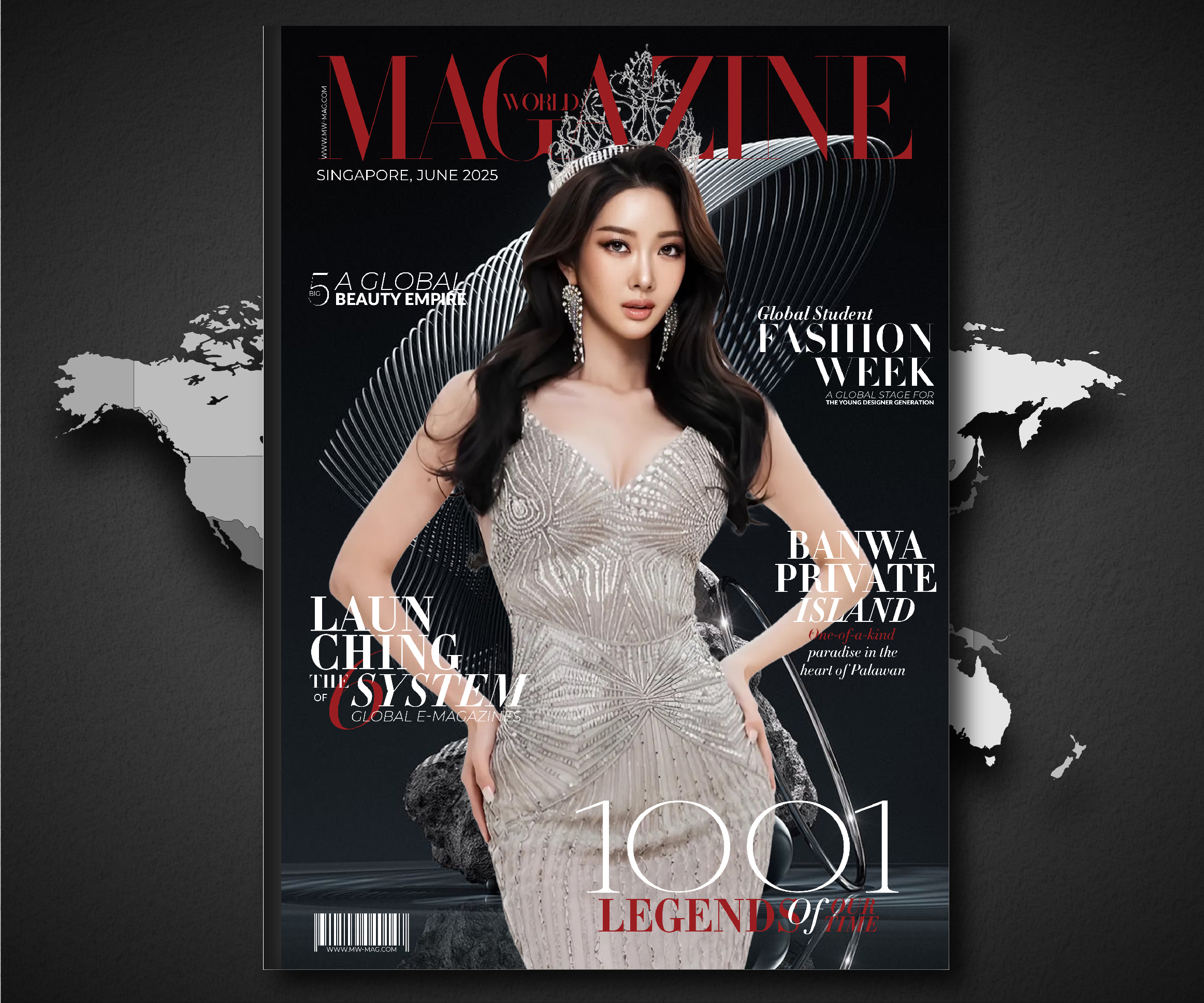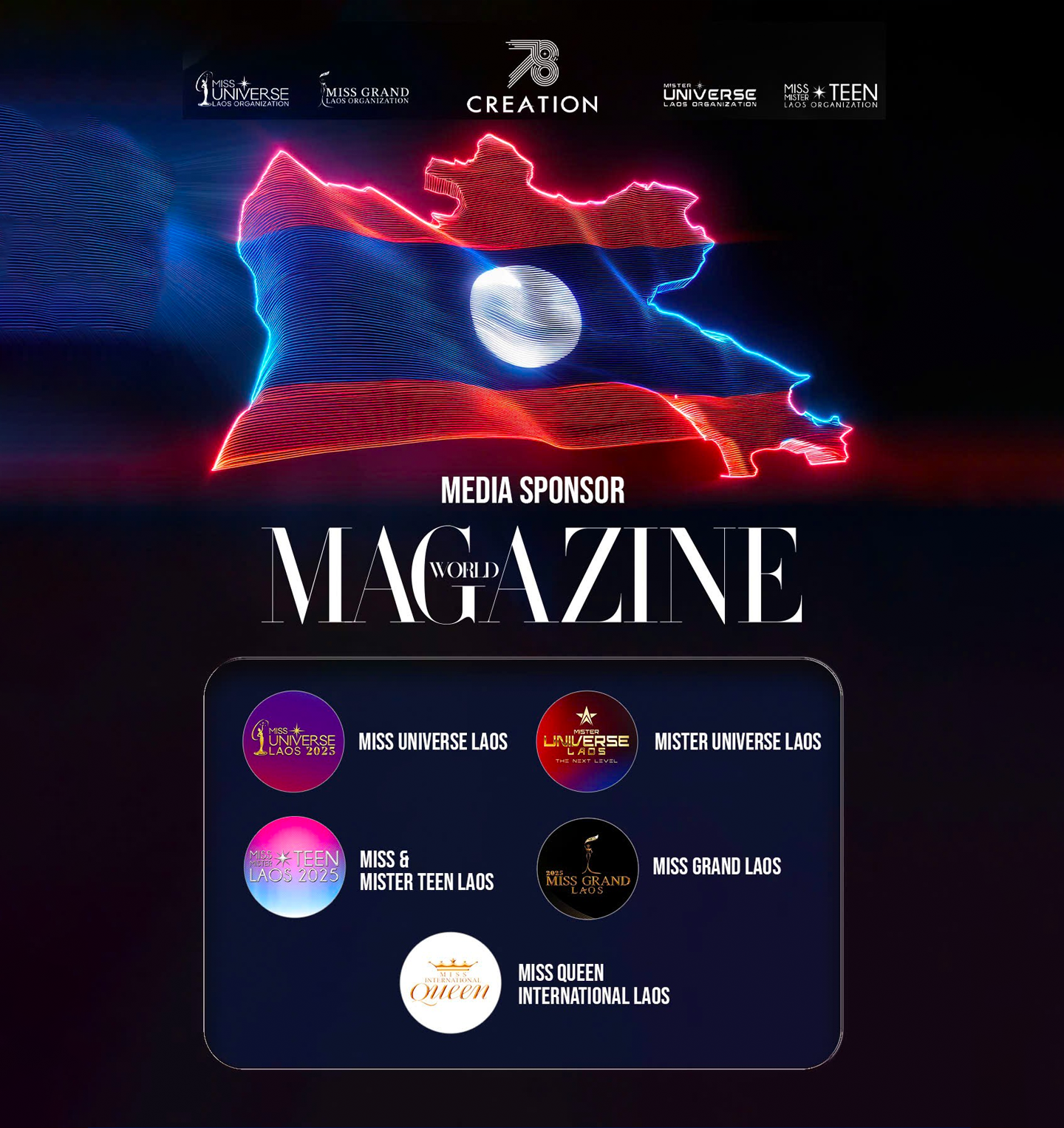In the world of golf, no stage is more sacred or fiercely protective of its image than Augusta National during the Masters Tournament. That tradition was met head-on during the 2024 event by the bold, streetwear-influenced designs of Malbon Golf, igniting a sartorial skirmish quickly dubbed ‘Sweatergate.’ The controversy centered on a heavily branded, sleeveless sweater vest worn by former world number one Jason Day during the completion of his first round on Friday. The garment, emblazoned with the words “Malbon Golf Championship” in large, conspicuous lettering, was deemed “too busy” for the tournament’s esteemed atmosphere. Officials swiftly, yet politely, requested that the Australian golfer remove the vest before he teed off for his second round. The compliant removal of the garment underscored the absolute authority of the Green Jackets, but the resulting global media firestorm successfully achieved the disruptive visibility that Malbon Golf—a brand built on challenging the sport’s conservative norms—had likely intended all along. It was a moment that perfectly framed the ongoing, often tense, dialogue between golf’s revered past and its rebellious, fashion-forward future.
The Unveiling Of The Controversial Canvas
The vest in question made its dramatic appearance on the back of Jason Day as he returned to the rain-delayed course on Friday morning to complete the final six holes of his opening round. Day, a major champion who had recently transitioned from a long-standing partnership with Nike to the up-and-coming Malbon Golf brand, was the face of the brand’s disruptive push into the sport. The sleeveless, white knit piece featured thick black trim and, crucially, a dense pattern of red and black lettering that loudly declared “Malbon Golf Championship” and “No. 313” across the torso.

While Day’s outfits throughout the week, including his infamous baggy, parachute-style pants worn the day prior, had already sparked widespread conversation and social media commentary, the vest crossed an invisible, yet unyielding, line for the tournament organizers. Augusta National is a place defined by its subtle elegance and commitment to tradition. The vest, with its large, billboard-like branding that seemed to aggressively advertise a competing or parallel golf event, was a stark contrast to the club’s reserved aesthetic. This particular garment was less about golf wear and more about making an undeniable statement in a place where understatement is law, setting the stage for the swift intervention that followed.
An Edict From The Elders: The Augusta National Response
Shortly after finishing his rain-delayed first round, before teeing off for the second, Jason Day was approached by officials from Augusta National. The request was direct, polite, and absolute: remove the vest. Day himself confirmed the interaction later, stating simply, “They asked me to take it off—the vest off yesterday… Respectfully, you do that because it’s all about the tournament here, and I understand that. I respect the tournament.” He complied without question, reappearing for the second round in a plain, crisp white polo, the controversial vest nowhere in sight.

What makes this incident so telling is the opacity of the enforcement. Augusta National rarely issues formal statements on such matters. Day stated that he “didn’t ask” why the request was made, nor did he know exactly who delivered the instruction—only that it came from Augusta National. This vagueness only fueled speculation. Was it the sheer size of the branding, which potentially violated unwritten rules about logo visibility? Was it the use of the word “Championship,” which could be seen as competing with the Masters’ own identity? Regardless of the precise reason, the silent, authoritative command from the club’s officials—whether a “Green Jacket” or a senior staffer—served as a potent reminder that at the Masters, the club’s proprietary atmosphere supersedes even the commercial interests of its invited players and their multi-million dollar sponsors.
The Battle For The Billboard: Tradition Versus Branding
At its core, ‘Sweatergate’ represents a philosophical conflict over branding within the elite corridors of golf. Augusta National operates as a fiercely independent and private entity; it does not rely on corporate sponsorships for its financial health, allowing it to dictate the terms of its atmosphere with an iron fist. The focus is singularly on the tournament, the course, and its storied history—not on the companies that outfit the players. The club’s insistence on aesthetic control is a manifestation of this deeply ingrained, anti-commercial ethos.
In contrast, Malbon Golf, co-founded by Stephen Malbon, openly positions itself as a “disruptor” brand, actively seeking to inject streetwear and modern culture into a sport often criticized for its staid image. The highly stylized, even jarring, “Malbon Golf Championship” vest was, arguably, a calculated challenge to Augusta’s aesthetic sovereignty. For Malbon, securing a coveted spot on the course, regardless of how briefly, was an invaluable opportunity. The brand understands that in the digital age, a scandal is merely a form of highly effective, free publicity, turning a player’s outfit into a global trending topic that eclipses even the play itself.
The Sweeter Side Of Scandal: A Publicity Coup For Malbon
Despite the loss of on-course visibility for the vest, the incident proved to be a resounding commercial victory for Malbon Golf. The company likely garnered more media exposure from the controversy than any golfer’s wardrobe would generate in a typical, compliant week. The narrative—a small, edgy brand taking on the most powerful institution in golf—was a marketing dream. Social media lit up with commentary, dividing fans into two camps: those who lauded Augusta’s defense of tradition and those who cheered Malbon’s challenge to the perceived elitism of the sport.

Malbon Golf co-founder Stephen Malbon adopted a conciliatory public tone, acknowledging the club’s right to enforce its rules and expressing respect for the Masters’ traditions. However, the message was clear: they achieved their goal of being seen and talked about. The brand leveraged the moment to solidify its identity as the anti-establishment choice in golf apparel, appealing directly to a younger, more fashion-conscious demographic that views the sport’s strict dress codes as archaic. The value of this publicity far outweighed the cost of the single garment that was removed.
Beyond The Vest: The Changing Face Of Golf Fashion
The ‘Sweatergate’ affair, along with the earlier chatter surrounding Jason Day’s voluminous trousers, highlighted a generational shift in golf attire that is fundamentally at odds with the Masters’ unchanging philosophy. Modern golf fashion is moving away from the synthetic, streamlined looks of the early 2000s towards fits influenced by skate, street, and retro leisure wear. Players are increasingly seeking self-expression through clothing, and brands like Malbon are capitalizing on this desire to break the mold.
The incident’s lasting effect was felt in the following year. Reports confirmed that Augusta National, highly sensitive to maintaining its desired environment, took the unprecedented step of requesting to review Jason Day and Malbon’s entire clothing script for the 2025 Masters well in advance. Day confirmed that the initial 2025 scripting was “a lot crazier than last year,” but was subsequently “toned down” to meet the club’s expectations. This proactive measure solidified the incident’s impact: while the Masters remains the ultimate authority, the challenge posed by Malbon has forced the notoriously private club to take pre-emptive measures to safeguard its sacred visual traditions against the persistent forces of modern, aggressive branding and fashion disruption.




